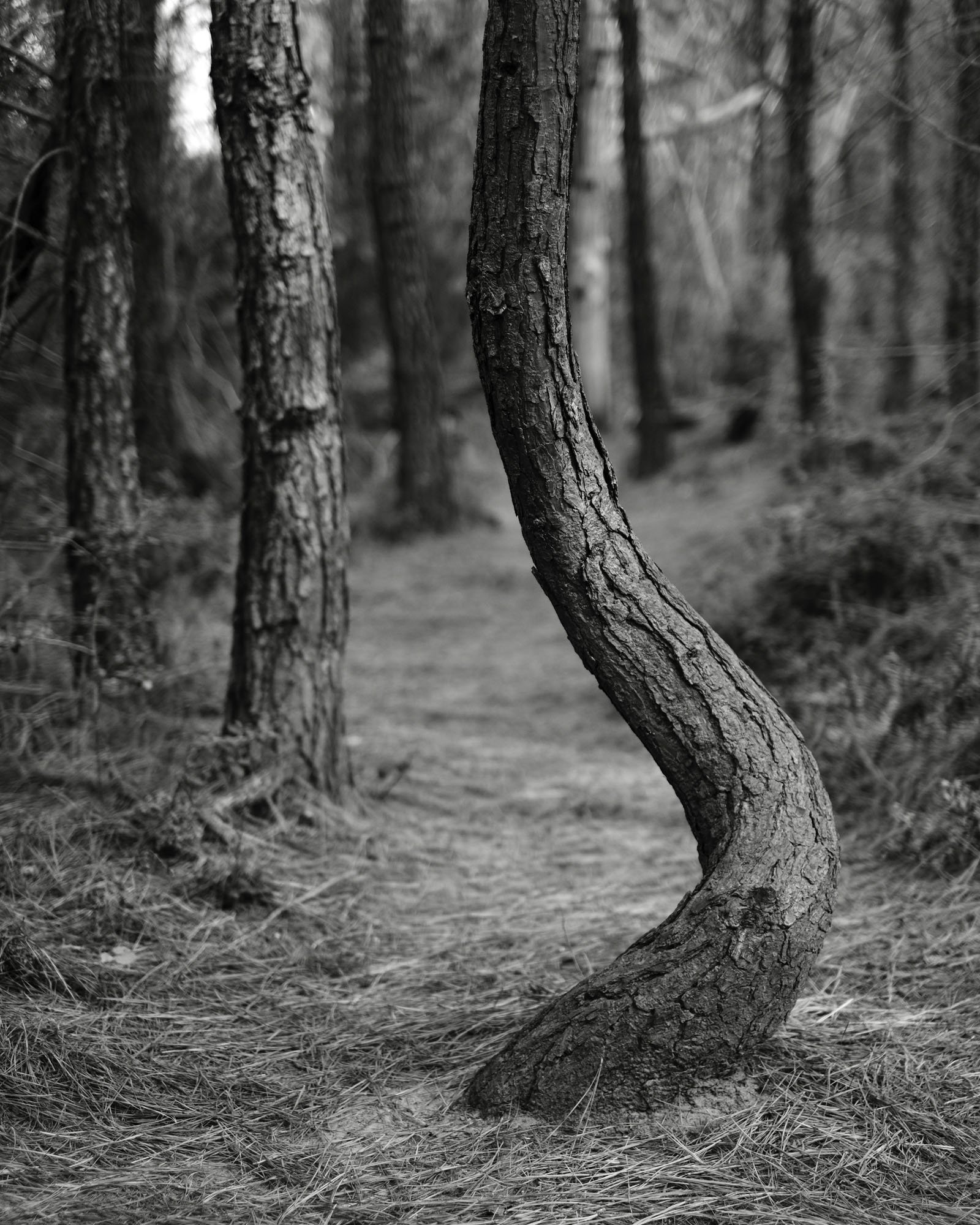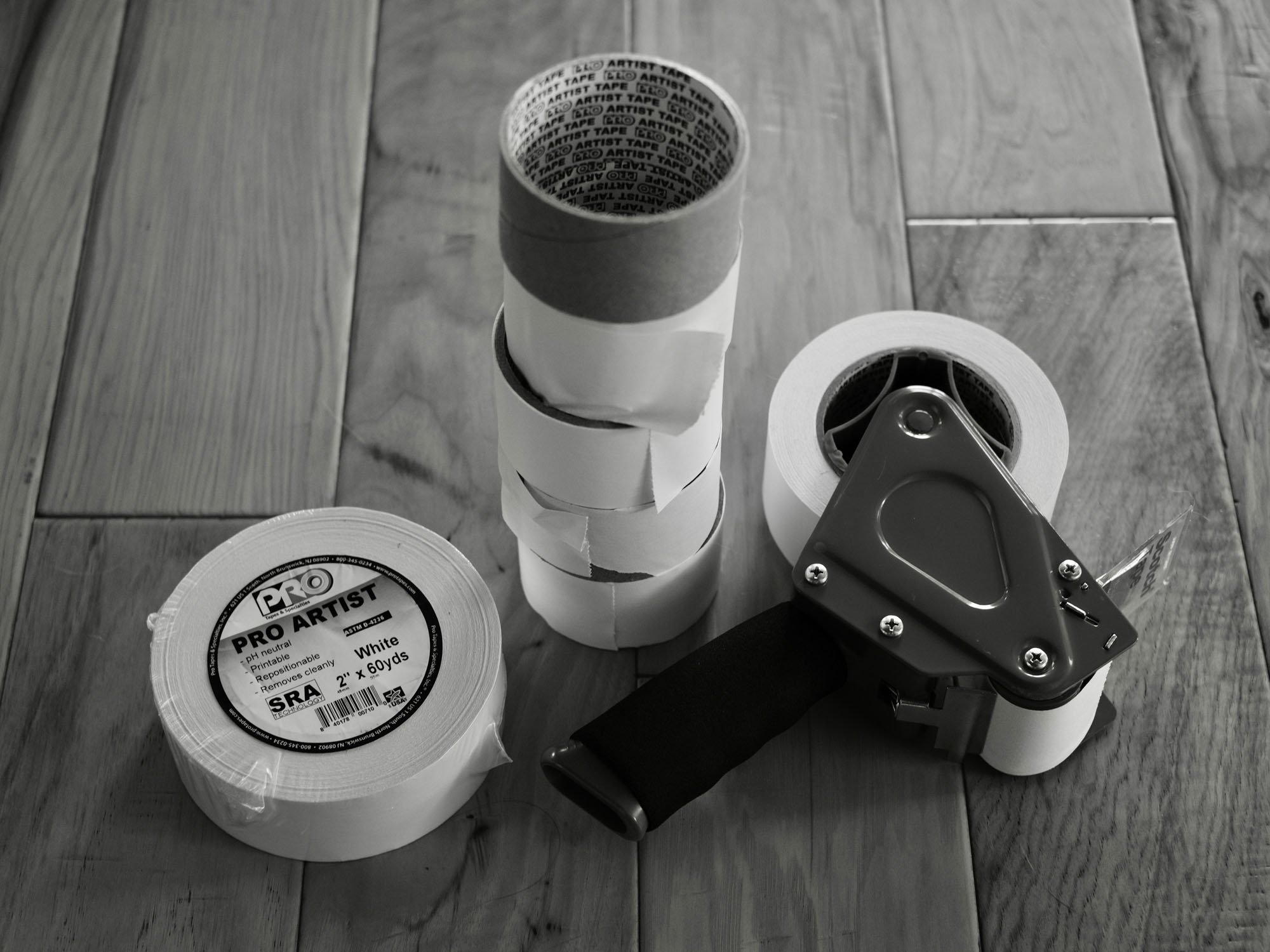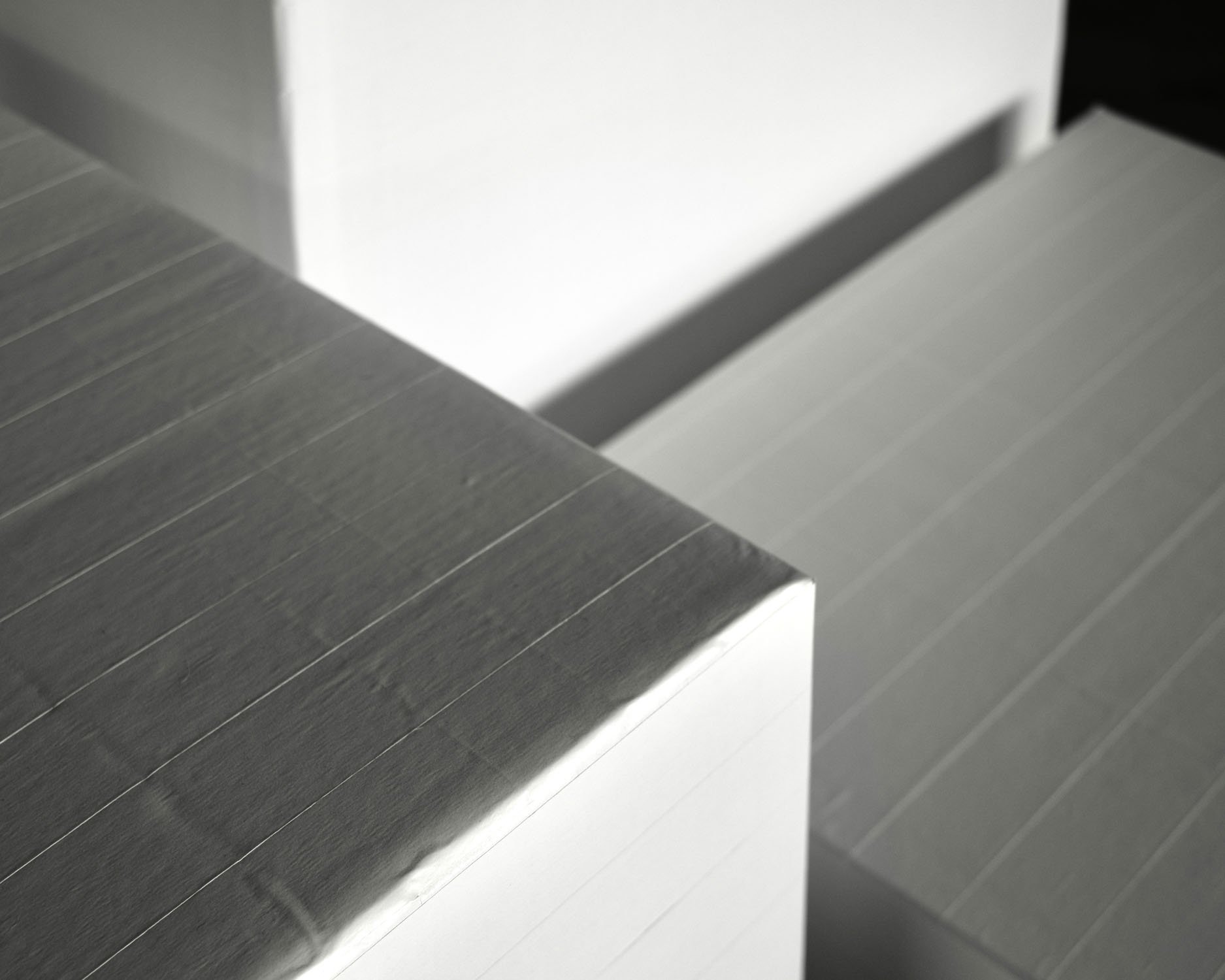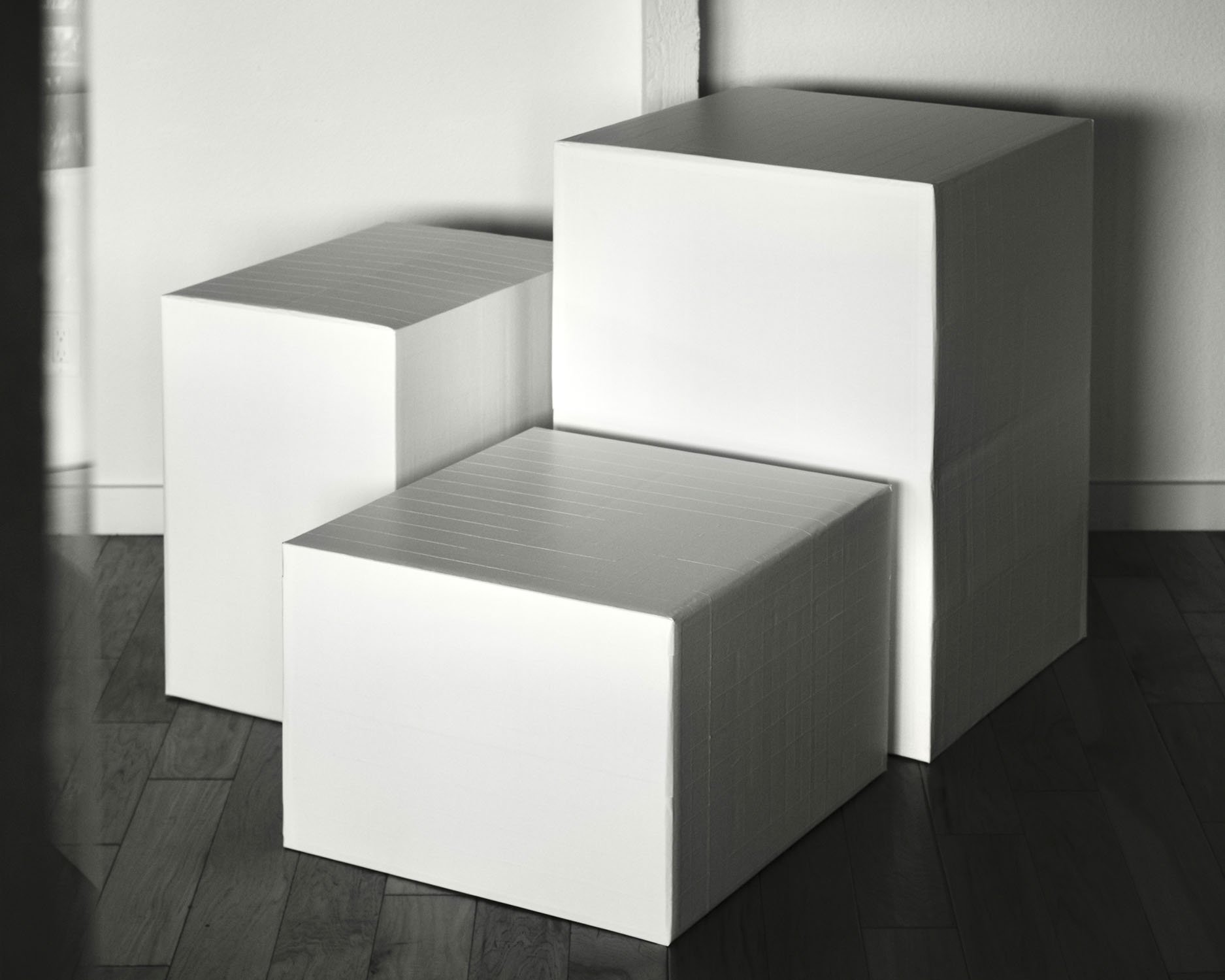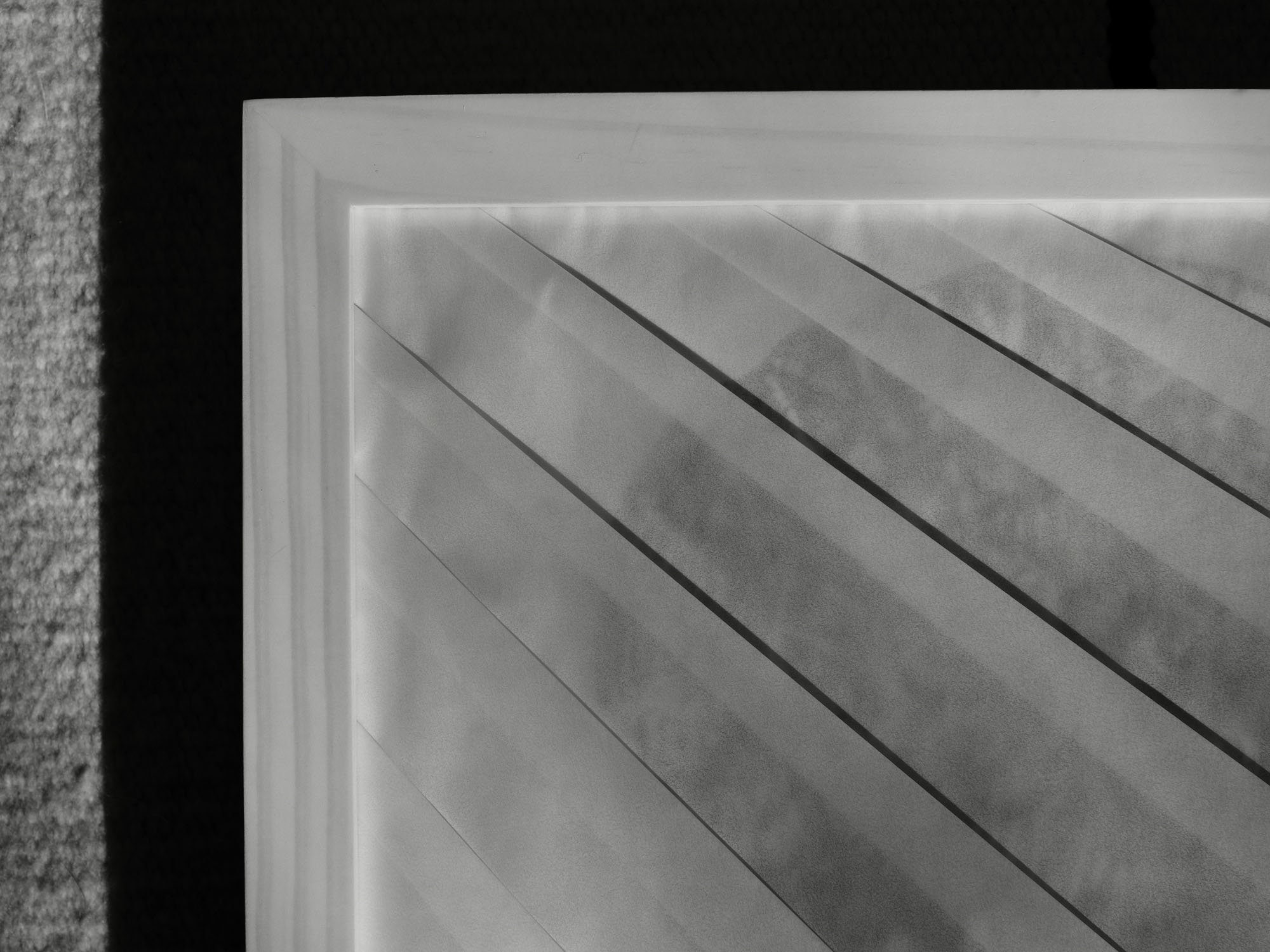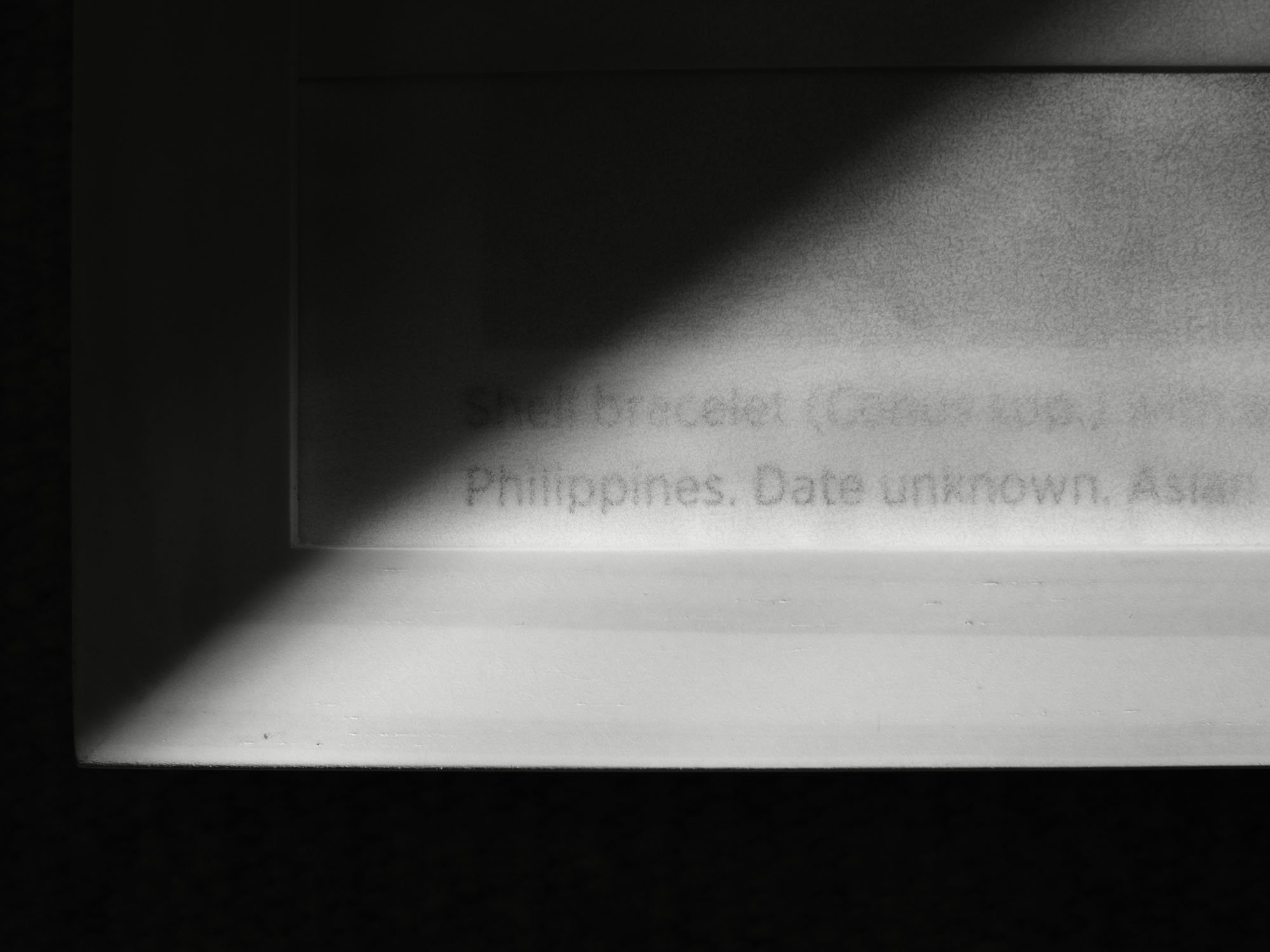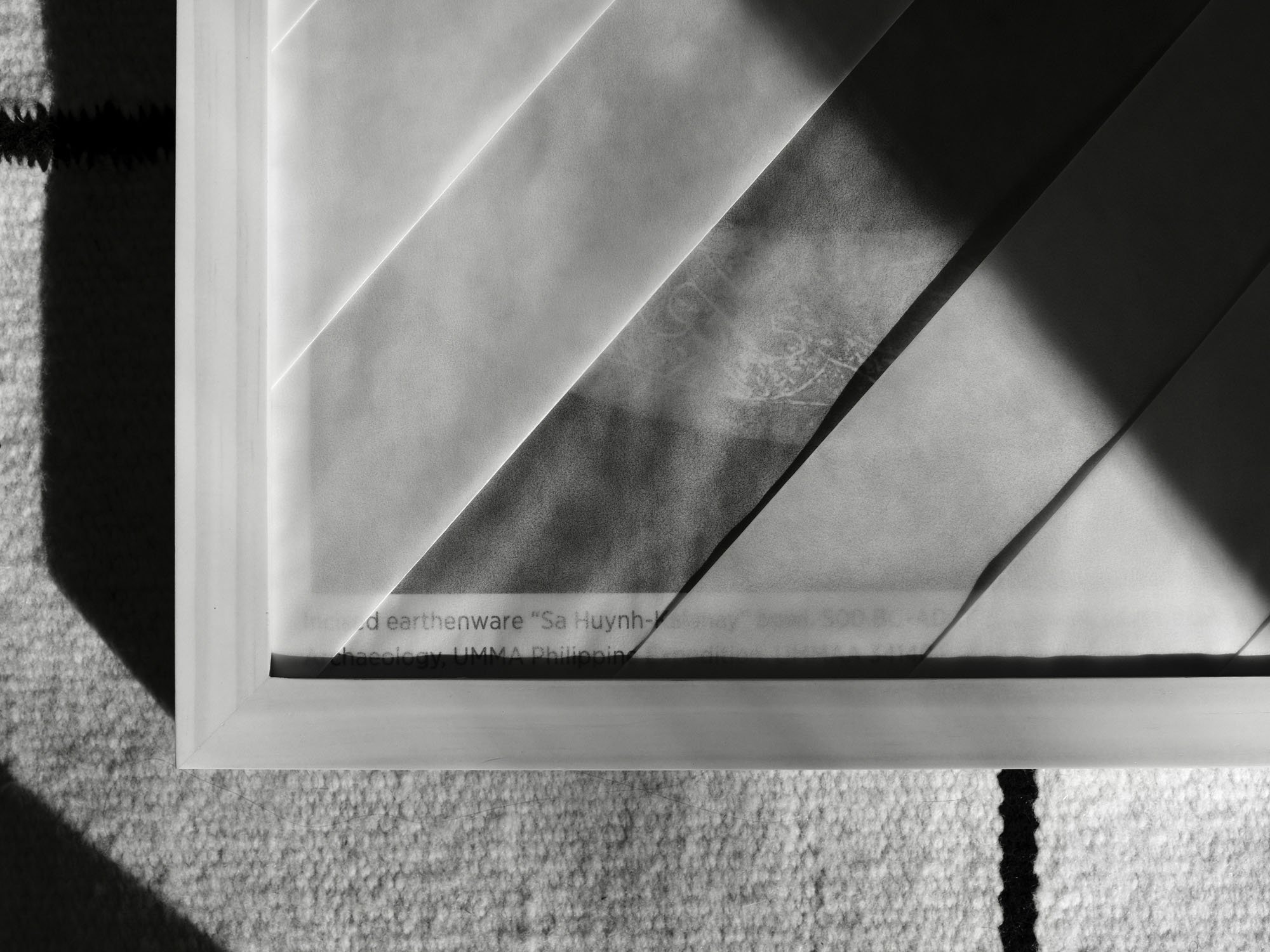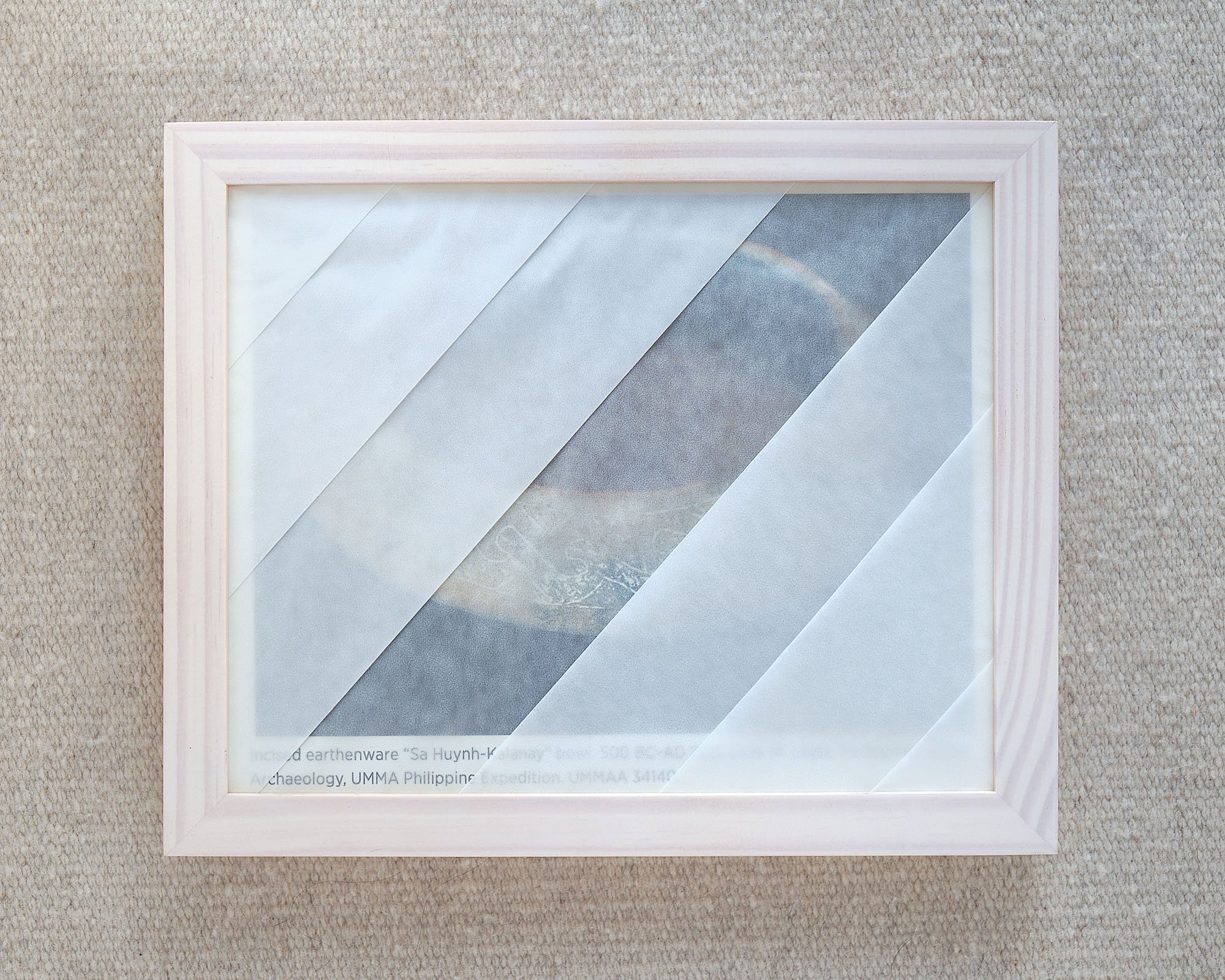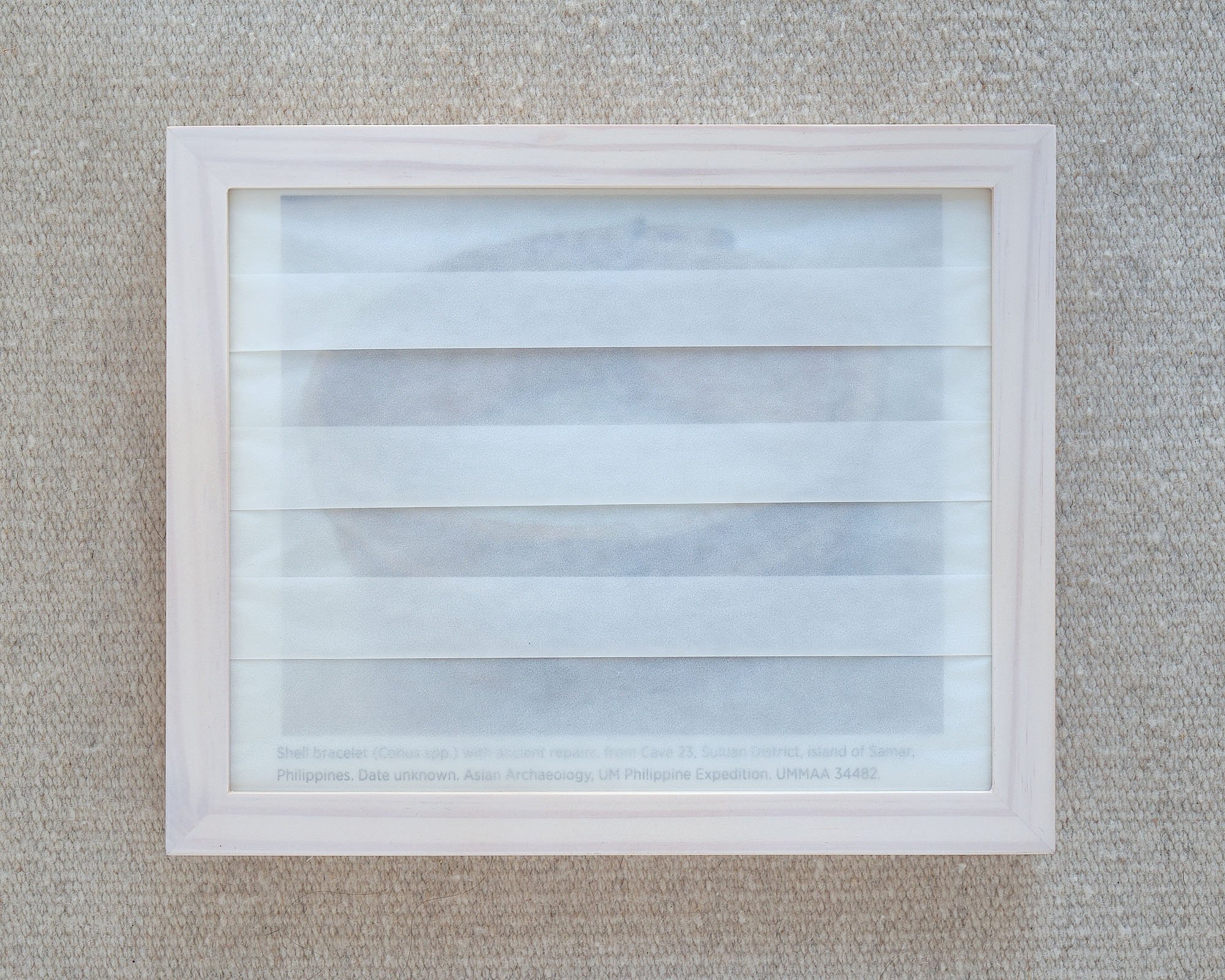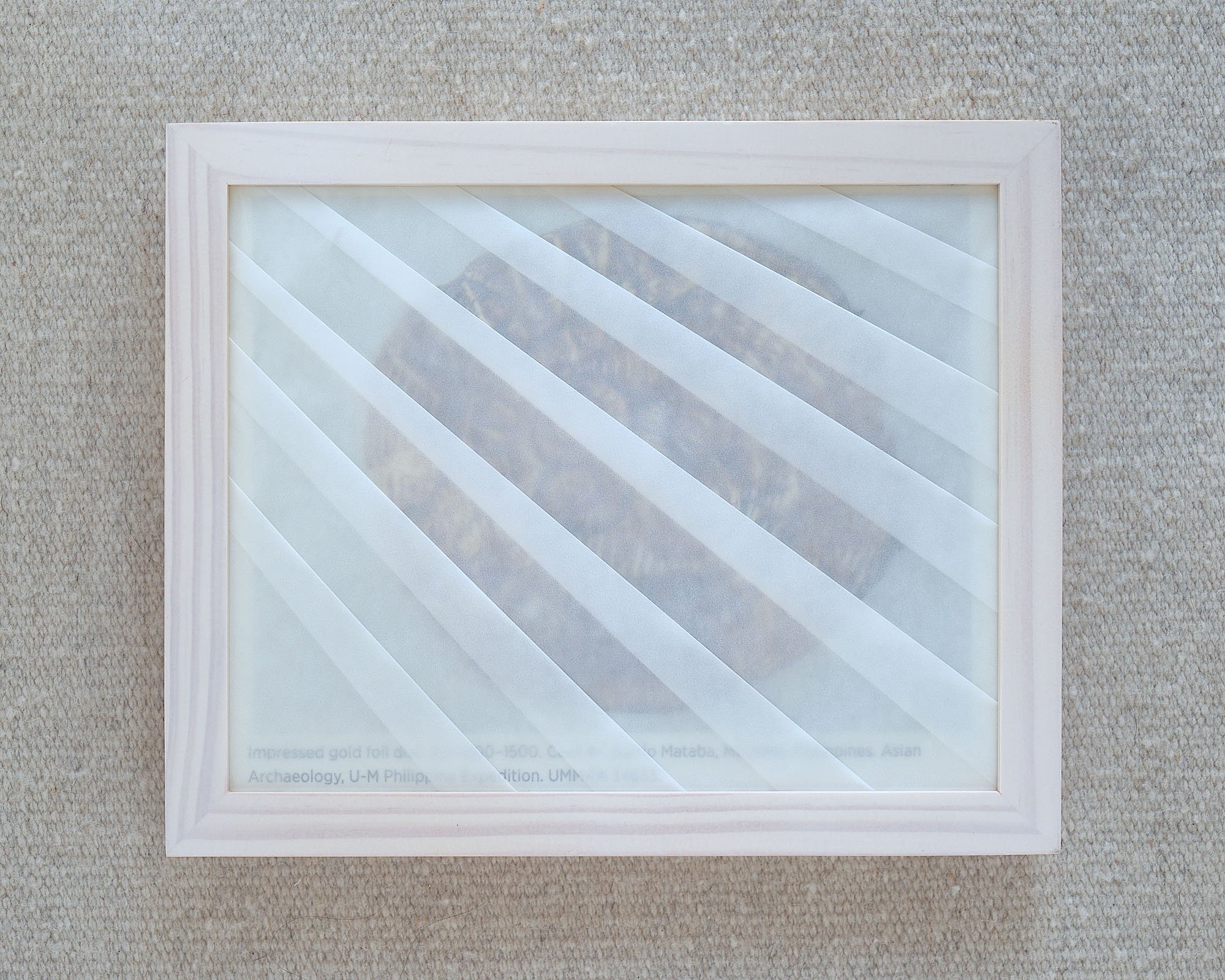A screenshot from the Magnum Foundation’s website and recent open call. I found it so helpful to consider and reconsider this concentration of questions, which they provided as prompts for applicants. I submitted my Balikbayan project for consideration and development under the programming they’ve organized under the theme of “Counter Histories.”
I was especially interested in applying because the programming, community, and resources built into it could help me find ways to challenge and develop my thinking in regards to the institutional and documentary images of Indigenous artifacts from the Philippine islands, and how those documents create, present, and serve as a continuing archive of anthropological research, of non-scientific looking, of cultural memory, of personal loss. Can documents such as these be transformed and recontextualized as a counter-archive that stresses giving over taking, and serves and signifies ideas and feelings of resistance, relation, and repair?
FWIW, here’s the answer the provided to the current first guiding question:
I believe an archive of the future can look like a gift: let’s take the dry, institutional photo documents that recorded the excavated objects of American colonial conquest in the Philippines, and now carefully wrap them up, protect and obscure them from further looking and study, and finally ship them back—if only imaginatively—in the very boxes that the American Filipino diaspora uses everyday to connect back to family and friends in the homeland.































